
Background information
Is Pokémon Legends Z-A the best Pokémon game we’ve seen in ages?
by Domagoj Belancic

Newer Pokémon releases have many flaws, no question about it. Still, in many respects, the series has improved tremendously.
New Pokémon games – including the recently released Pokémon Legends: Z-A – often encounter heavy criticism. Poor graphics, lousy technical implementation, lame stories. Apparently, the games used to be so much better.
With all these negative voices, however, it’s easy to forget how many improvements the game series has implemented in recent decades.
As it turns out, not everything was better in the past. When I replay Pokémon Red and Blue, I quickly realise that the classics have been around for 30 years. As much as I love these first editions, some of their quirks really get on my nerves.
With all this in mind, let me show you how Pokémon has got better rather than worse for once.
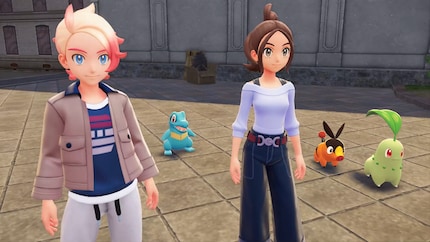
If you’re used to modern gaming, you might often find yourself confronted with ancient limitations in the first Pokémon generation. First among them, the bothersome PC Box management in Red and Blue and Gold and Silver.
In the first Pokémon generation, you only got twelve boxes with 20 spots each (240 in total). More than enough for the 151 Pokémon around at the time, yes, but your pocket monsters were still only displayed in a simple list. You could sort them using the Select button, but it was still a lengthy process – especially if you wanted to move Pokémon back and forth between boxes. Also, have fun picking out a Pokémon if you like giving your monsters nicknames.
But that’s still not the worst of it.
Once a box was filled, you couldn’t catch any wild Pokémon until you manually managed the box on a PC at a Pokémon Center. And since boxes filled up quickly due to their low capacity, this happened a lot.
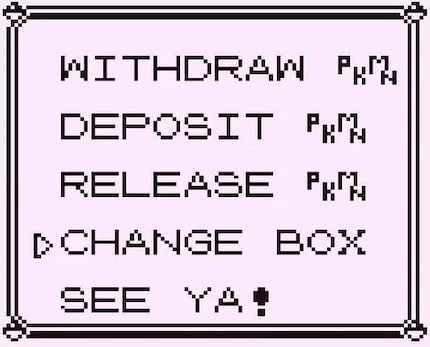
Things get even worse with the limited item inventory. Again, Red and Blue gave you 20 free slots for this. You could store the rest in your PC, just like your pocket monsters. And considering you needed items for battles, or would attach some like the bike to a dedicated button in addition to constantly finding new things, you’ll spend far too much time managing that inventory.
These storage limitations were probably due to the Game Boy’s hardware at the time. Starting from the third Pokémon generation for the Game Boy Advance, these limitations were lifted and, in the case of boxes, even given a clearer display. In addition, freshly caught pocket monsters were automatically moved to the next free box as soon as the current one was full.
A dream compared to how things were.
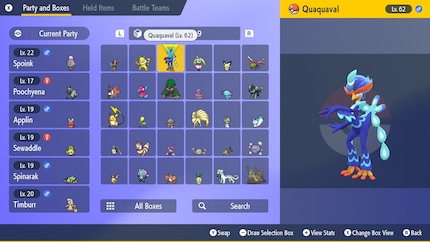
In the first Pokémon generation, your character moved at a snail’s pace until you got the bike. Even then, you could only use it outside buildings.
As soon as you entered a house, you automatically got off your bike and had to get back on outside – a process which had you opening the menu every time. The second generation (Gold and Silver) solved this problem with a quick select function. You could use it to select an item (usually the bike), activating it by pressing the Select key without any menu detours.
From the third generation of Ruby and Sapphire onwards, travelling’s been even faster. Because that’s when we got the Running Shoes, usable both indoors and outdoors. They may be slower than a bicycle, but the days of relaxed strolls being all you have are finally a thing of the past.
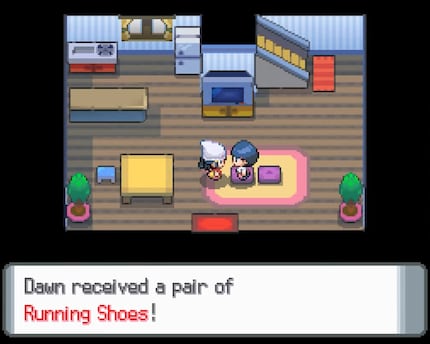
Before the Switch games, Pokémon was an RPG series based on random battles. As a result, protective items were a blessing. They could be used to avoid encounters with weaker Pokémon for a certain number of steps. From generation five (Black 2 and White 2), this feature became even better. Every time a Repel expires, the game asks if you want to renew it with the single push of a button.
As a result, going back to older games is always a pain. To avoid being swarmed by Zubats in Red and Blue’s caves, you had to scroll through your inventory what felt like every 200 steps to reactivate your Repel. And then there was the limited inventory space, making the whole thing even more annoying. ARGH!
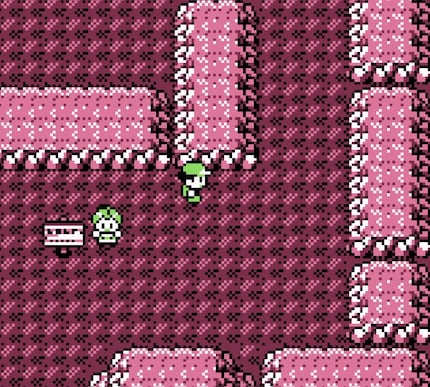
The Switch games completely eliminated the need for Repels, by the way. Pocket monsters ran around visibly in wild areas, so you could easily avoid them.
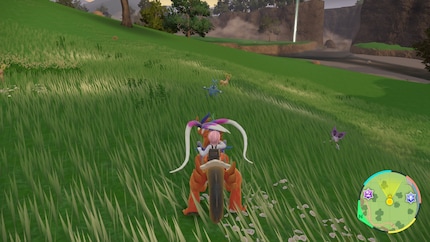
Technical Machines (TMs) and Hidden Machines (HMs, more on those in the next section) are used to teach Pokémon new moves.
Until the fourth Pokémon generation with Diamond and Pearl, TMs disappeared from your inventory after one use. This was particularly annoying, since many Pokémon in older games would only ever learn a few powerful attacks by levelling up. As a result, TMs were really valuable. The radical change came with Black and White (generation five): TMs can now be used to your heart’s content, resulting in a much smoother gaming experience. At the same time, however, a once-important item lost some of its appeal.
For the eighth game generation Sword and Shield, development studio Game Freak returned to the old way and introduced one-time use Technical Records.
From Scarlet and Violet onwards, TMs can generally only be used once again. There’s one crucial difference, however: once you’ve found a TM, you can restore it on a TM machine by spending some materials. Using TMs is still a deliberate choice, they’re just much more accessible.
A good compromise that strikes a sensible balance between the value and rarity of TMs.
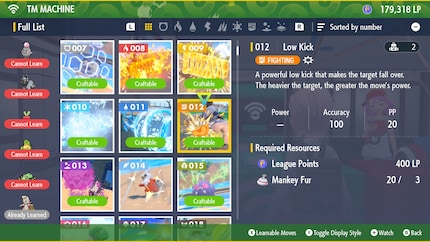
While TMs were optional, HMs were essential for you to progress for a long time. They included moves such as Surf or Cut, used to traverse water or remove obstacles.
While the history of TMs has its ups and downs, fans have always been unanimous about HMs: they’re just annoying.
Let me tell you why. On the one hand, HMs were usually weak or even useless in battles, taking up one of a Pokémon’s four attack slots. Nevertheless, you needed HMs to progress in the overworld and the story.
At the same time, in many games Pokémon could only forget HMs with the help of a specific NPC, the Move Deleter. Yep, you couldn’t just change moves as you wished. You had to make the laborious trek to that partially hidden NPC every time.
And since HMs were useless in battle, so-called HM slaves quickly became commonplace. Pokemon that learned many HMs at a time were designated that unfortunate moniker.
A well-known HM slave was Bidoof, since it quickly evolved to Bibarel at level 15. Given this, it could usually learn early HMs such as Cut and Strength, as well as Surf or Waterfall thanks to its evolution into a Water-type. Bidoof established itself as a popular choice for an HM slave, so much so that the Pokémon Company even paid tribute to the rodent a few years ago with the following video:
Quite understandably then, most fans were all too happy about HMs disappearing in the seventh generation with Sun and Moon. Around then, PokéRide took over the function of HMs. Using a Ride Pager, you could summon pocket monsters to traverse the overworld. They transported you through difficult terrain and removed obstacles without you having to teach HMs to the Pokémon in your party. Even later remakes such as Brilliant Diamond and Shining Pearl managed without VMs, although they were still present in the originals.
Each Pokémon has predetermined status values. For example, while muscle-bound fighter Hariyama stands out with a high physical attack value, popular Ghost type Gengar frightens its enemies with a high special attack and speed. A set of stats is defined for each Pokémon species.
So far, so good. Only, these stats get a bit more complicated.
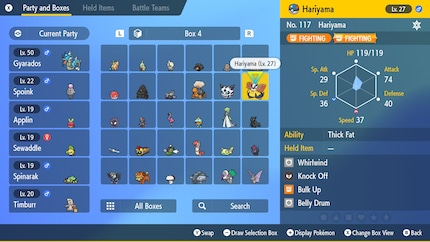
Careful, here’s where things get nerdy: each Pokémon also has individual values (IVs) from 0 to 31 for each stat, determined when they hatch from their egg. This means that your Gengar with a predetermined 0 in special attack and speed will be significantly weaker than a Gengar with 31.
This isn’t really an issue in a normal playthrough – it’s a small bonus or hindrance at most. However, maximum IVs are a must in competitive championship battles. Given this, a culture has developed around Pokémon breeding, revolving around obtaining the strongest possible version of a Pokémon as efficiently as possible. However, the procedure involved here was always lengthy and annoying – until the seventh Pokémon generation finally introduced Super Training with Sun and Moon.
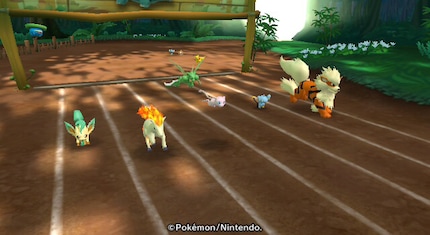
Since then, you’ve been able to improve Pokémon stats beyond breeding and catching. A Ditto with perfect IVs is still recommended as a parent for breeding, but you no longer have to hatch endless eggs until you get the perfect Pokémon. However, with Pokémon that can only be caught – legendary monsters like Mewtwo, for example – things used to be even worse. You had to save the game before battling these Pokémon, catch them, check their stats and reset the game if they were wrong. This took hours or even days!
Speaking of breeding, you can do the same to specifically find Shiny Pokémon. Shinies are monsters with a different colour palette than the original.
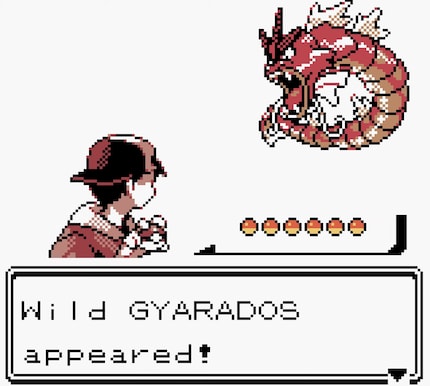
Your chance of encountering or hatching a Shiny was 1 in 8,192 from the second to the fifth generation. Since generation six, the probability has been 1 in 4,096, i.e. twice as likely. Your ways to obtain Shinies have changed over time too. In the latest Switch games Scarlet and Violet, it feels easier than ever thanks to Sandwiches and mass outbreaks.
If you’re unfamiliar with Pokémon or only know it superficially, this point may seem unimportant at first. How can the separation of status values be so important? Well, turns out it massively improved the overall balance of the games.
But let’s start from the beginning, with the first generation. In Red, Blue and Yellow, Pokémon had, among other things, an attack, defence and special value. Attack and defence applied to physical attacks. Like Low Kick or Tackle, they covered attacks that used muscle power. The special value related to attacks such as Bubble Beam or Ember, which came at you from a distance. In the first generation, the special value applied to both the attack and defence of such attacks.
This was fatal for game balance since Pokémon like Alakazam were unfairly strong. As THE premiere Psychic Pokémon, Alakazam had such a high special value that it was incredibly tough while still easily eliminating most monsters.
From generation two with Gold and Silver, the special value was split into attack and defence to compensate for the dominance of Pokémon like Alakazam.
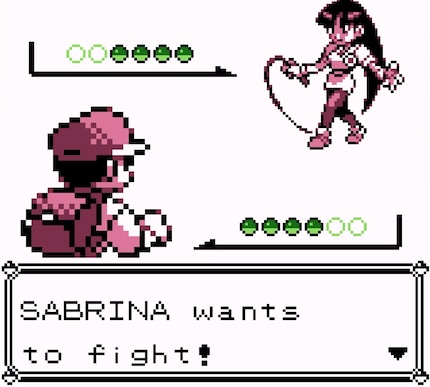
What’s more, the separation of the special value into attack and defence wasn’t the only change to stats. Until the third generation with Ruby and Sapphire, Pokémon attack types were divided into physical and special categories. This meant that all Fighting and Rock attacks were physical, while all Fire and Water attacks were special.
Problems quickly followed, since not all Pokémon of the same type were gifted with the same special or physical stats. Let’s take powerful Water-type Gyarados as an example:
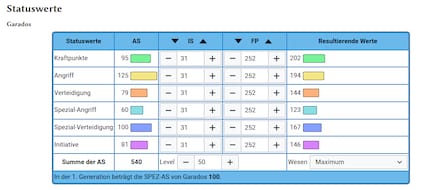
Gyarados is a Water-type Pokémon, so its Water-type attacks benefit from a bonus. Unfortunately, this is of little use to Gyarados. As a mainly physical Pokémon, all those special water attacks don’t do much. No matter how powerful and impressive its physical attack value, attacks using its own type will always be weak due to its low special attack.
Starting in the fourth generation with Diamond and Pearl, Game Freak sat down and determined whether each attack was physical or special. This has done a lot for the balance of subsequent games. Now Pokémon like Gyarados can also make use of attacks of their own type, benefitting from the resulting bonus.
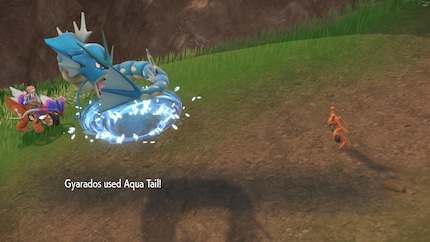
Today, it’s hard to imagine that games relying on trading with others managed without an internet feature. Well, as you might know, this was the case until the fourth Pokémon generation with Diamond and Pearl. Only then did worldwide Pokémon trading become a reality thanks to the Nintendo DS’ Wi-Fi connection.
Previously, this required two Game Boy or Game Boy Advance handhelds connected via a cable. All in person, of course.
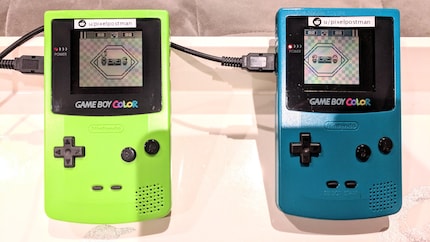
Diamond and Pearl added both direct trading via friend codes and a Global Trade System, or GTS. Thanks to this addition, many gamers were no longer dependent on their immediate surroundings to complete their Pokédex.
Internet access also opened the gates for competitive play. It’s why official Pokémon tournaments have been held since the fourth generation, with trainers from all over the world competing against each other. The format has grown steadily and still exists today.
I wrote my first text about video games when I was eight years old. I haven't been able to stop since. The rest of my time is spent on my love for 2D husbandos, monsters, my cats and sport.
Interesting facts about products, behind-the-scenes looks at manufacturers and deep-dives on interesting people.
Show all
Background information
by Domagoj Belancic

Background information
by Domagoj Belancic

Background information
by Domagoj Belancic